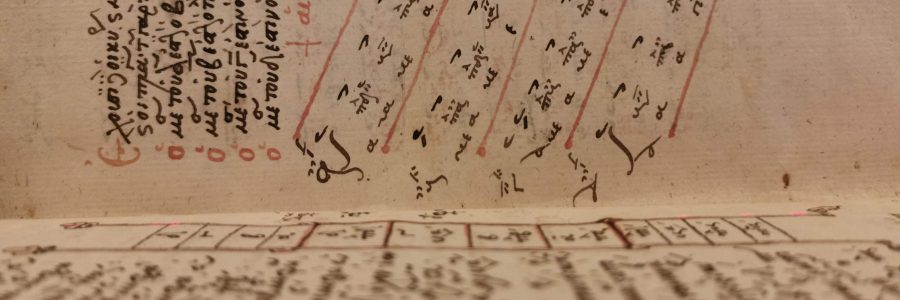
The Polonsky Foundation Greek Manuscripts Project: It’s not all about pretty pixels
The Digital Content Unit (DCU) is the Library department responsible for the digitisation of special collections and the creation of other audio-visual content. The earliest archives of DCU contain glass plate negatives of library books from the end of the 19th century. Since then the technology has changed, but the principles remain the same.
The most important priority is the safety of the material. The photographers involved in the Greek Manuscripts digitisation project, Amélie Deblauwe and Mark Box, liaise with colleagues from Conservation and have learned how to handle the most fragile books. They use a specialist conservation cradle, which allows the book to open to a maximum of 90 degrees. Medieval manuscript pages vary, and they often bear the marks or imperfections of the animal skin from which they’re made. These might give some clues to their physical construction, like differentiating the hair side of a parchment leaf from the flesh side. To expose those details, a black background is used to interleave every page.
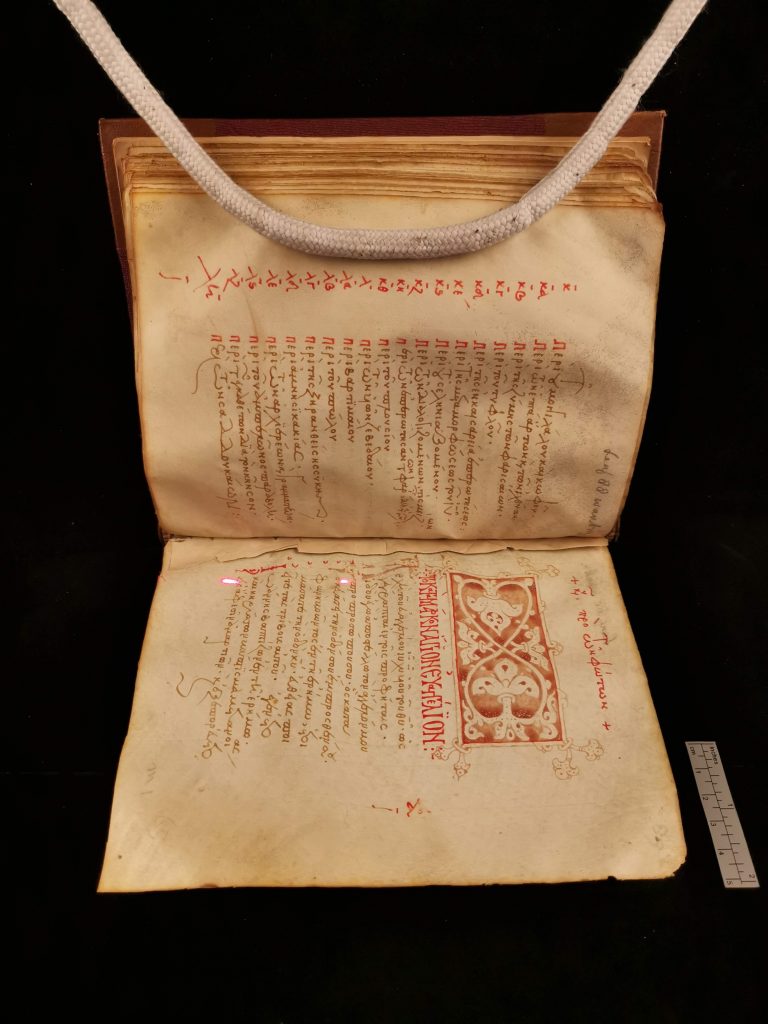
One of the particular challenges of this project lies in coordinating the digitisation of material from our partners across Cambridge colleges. It requires significant input from another member of the DCU team. Operating behind the scenes, the Picture Library Coordinator, Domniki Papadimitriou, is responsible for the distribution, publication and licensing of library content as appropriate. All the images shot for the Polonsky Foundation Greek Manuscripts Project are destined to be published on the Cambridge Digital Library, and Domniki has coordinated agreements with all the college partners, including some that are embarking on this kind of digital venture for the first time. They need to be confident that their digital content will be made available, be well-managed and be preserved for the long term.
Archival photography is largely about consistency. Good image quality doesn’t only mean shooting a large image (although that helps a lot). Resolution in archival imaging means the number of pixels in relation to the size of the actual objects. The DCU standard resolution is 600 pixels to cover the area of one inch, which means you can print high quality facsimiles at twice the size. Don’t be deceived by the 1200dpi (dots per inch) specification of a printer. It has very little to do with the image resolution. Information about the size of the page is available on each image through the inclusion of a 5cm/2inch scale, but the image metadata also contains an approximate (+/- 3mm) reading.
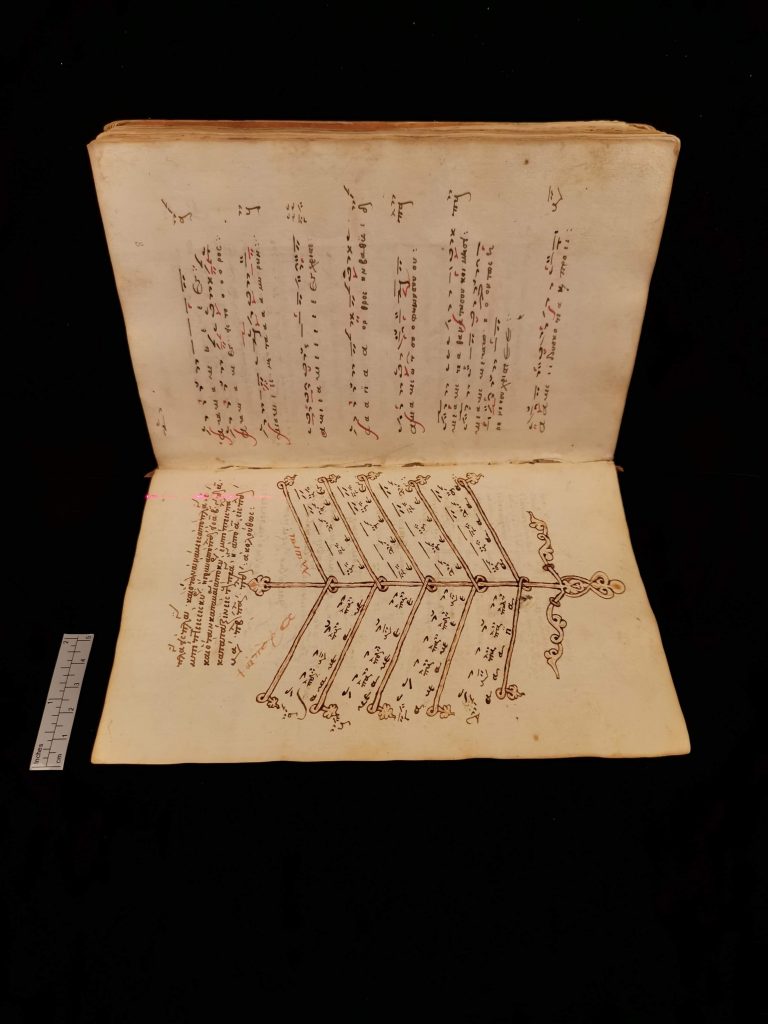
Maintaining quality also means producing pictures without unwanted image artefacts which can be created by the camera itself, the lens, or by computer error. Other factors to consider are colour accuracy and the uniformity of the light. Preparing the workspace for digitisation is a critical process in imaging for preservation. The first step for the photographer is to make sure that the setup creates uniform light output and consistent results to minimise the need for correction. A light uniformity algorithm is applied to flatten the luminosity of the picture even further. The next step is to calibrate the colour reproduction. To teach the computer how to read the values of the physical colour chart more accurately, photographers use a spectrophotometer and embed that information in the image during the photographic process. Images created in DCU adhere to the level of quality specified by ISO standards for photography, archival systems and image quality analysis.
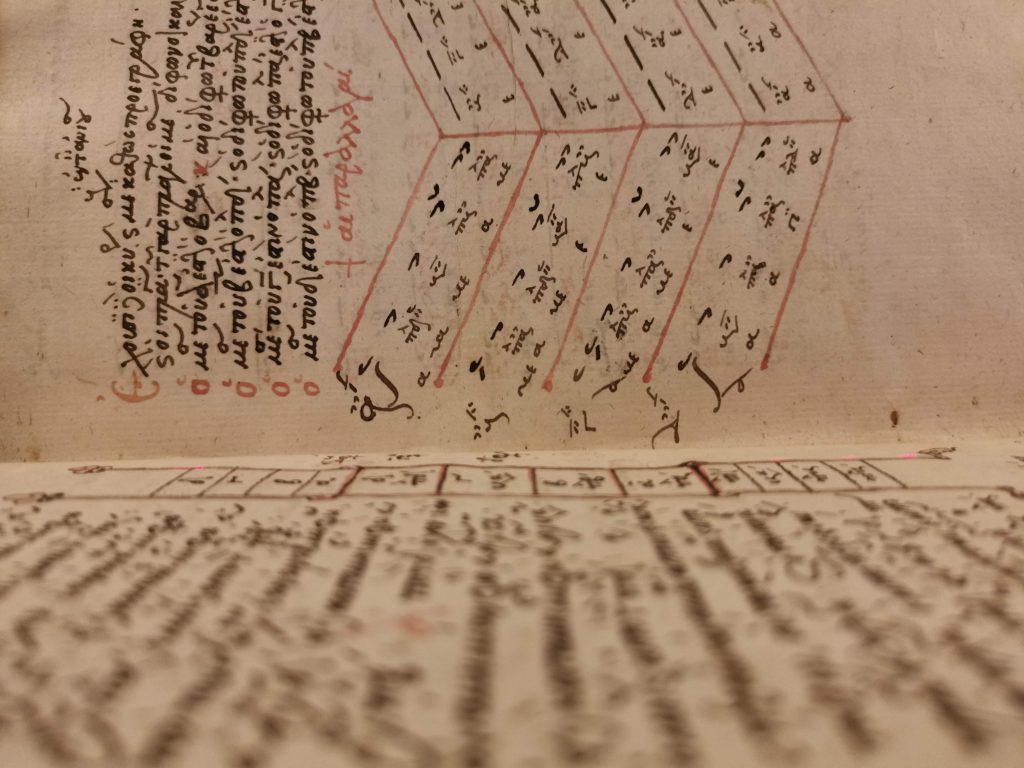
The final quality check is carried out by the human eye. Sometimes an image will pass the computer analysis tests but there is something about it that only a trained photographer can spot. In any case, the image result is something you would rarely see in real life, because you would rarely be looking at the page in such ideal viewing conditions. As much as we all love our cosy reading rooms, the colour of the lightbulbs and what kind of sunlight we have today will affect how we see the page. Similarly, when we look at digital images on the screen, the type of the monitor and how it has been calibrated will change our viewing experience.
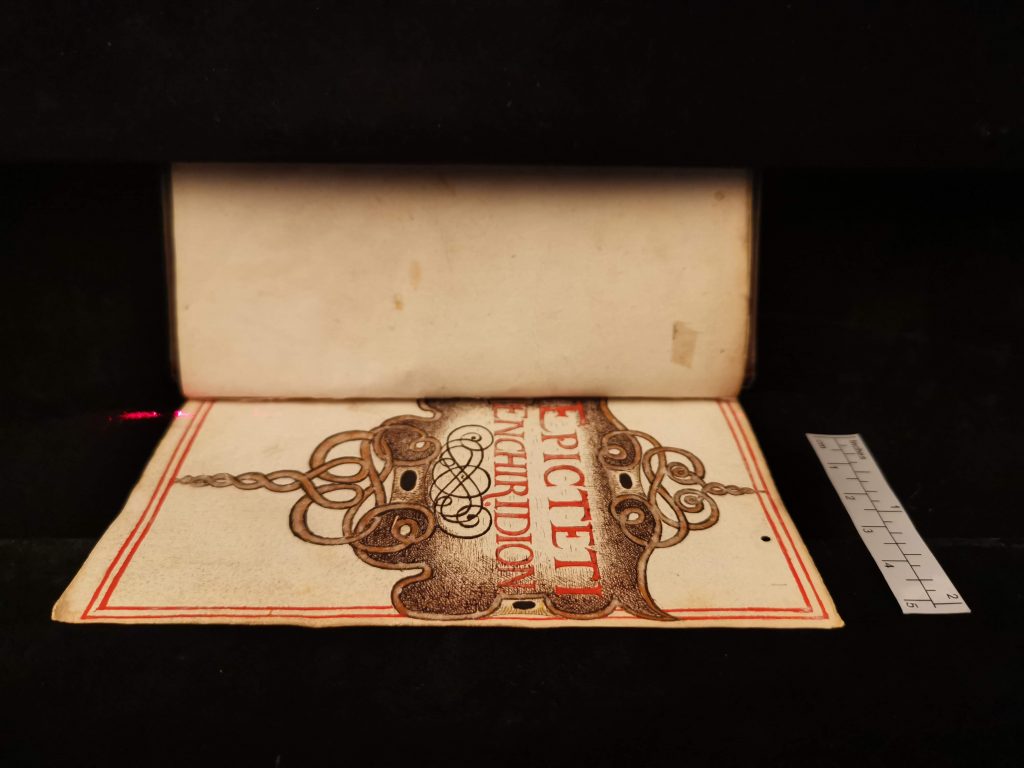
In photographing thousands of pages for the Polonsky Foundation Greek Manuscripts Project, it is essential for the photographers to keep a careful record of their progress. For an insight into how software and spreadsheets are just as essential as lights and cameras, take a look at this video made by one of our photographers. In working closely with conservation and cataloguing colleagues to establish dependencies and priorities, our photographers use all their skills and experience to negotiate different solutions and approaches to make as much detail of the original manuscripts available to readers as possible.
Text: Maciej Pawlikowski (Head of Digital Content Unit). Images and video: Mark Box (DCU Imaging Specialist)
